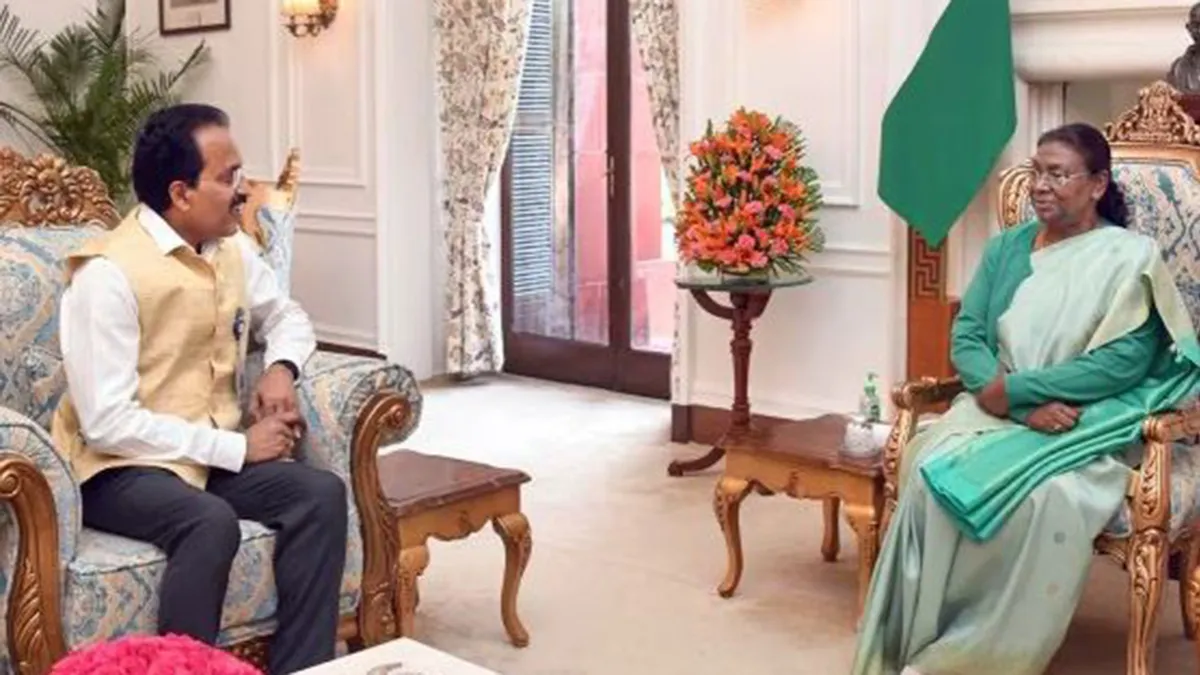ISRO has planned to launch Chandrayaan-4 to bring back samples from the Moon in four years
15 Dec 2023
News
S Somanath, the head of the Indian Space Research Organisation (ISRO), elaborated on the space agency's Vision 2047 and stated that Chandrayaan-4, which is intended to return samples from the Moon in four years, is scheduled to launch. By 2028, the first module of India's proposed space station, Bharatiya Antariksh Station, which would employ robots to conduct experiments, is scheduled to launch.
The space agency was earlier urged by Prime Minister Narendra Modi to establish a space station by 2035 and deploy a man to the moon by 2040. Even if these trips appear far off, Somanath announced at a talk at Rashtrapati Bhavan on Thursday that an experiment that is essential for long-term human spaceflight will be "launched in the next three to four months."
Autonomous docking capabilities will be shown via the SPADEX experiment. The procedure of docking involves aligning two spacecraft in an exact orbit and connecting them. "Two satellites that are connected to each other will be launched, they will separate out, travel for a few kilometres, and then come back and connect," Somanath explained in his explanation of the project.
India was able to successfully create the lander and rover on board, even though Russia withdrew from the Chandrayaan-2 and Chandrayaan-3 projects, but according to Somanath, "we need much more technology than what we have developed for the landing" for a sample-return mission.
According to him, work is underway to develop technologies like robotic arms for sample collection, docking mechanisms for the Moon and Earth, sample transfer, and atmospheric re-entry without burning up. The Gaganyaan mission, which will send astronauts into low Earth orbit and return them to Earth, will also serve as a demonstration of these technologies.
Even though the ISRO recently showed how to use leftover fuel from the propulsion module to return a spacecraft from the moon to Earth orbit, in order to conduct a sample return mission, the ascender module must first gather samples, return to lunar orbit, dock with another craft, and transfer the samples before beginning its journey back to Earth.
The spaceship will need to connect with another module while in Earth's orbit in order to reach Earth. The spacecraft carrying Moon samples will splashdown in the water thanks to its parachutes, much like the Gaganyaan mission did.
According to Somanath, ISRO is also working on creating an inflatable housing module where the astronauts would be able to move around and carry out experiments in order to support an extended Indian stay in space.
In addition, ISRO is developing technologies like ISRO Servicer Modules, which can utilise robotic arms to maintain and even replace modules as needed, and satellites that can refuel other spacecraft in orbit.
He stated that although the first module may be launched in 2028 using the current rockets, a larger launch vehicle would be required to construct the full space station. According to Somanath, ISRO is developing the Next Generation Launch Vehicle (NGVL), which would be able to send 16–25 T into low Earth orbit.
